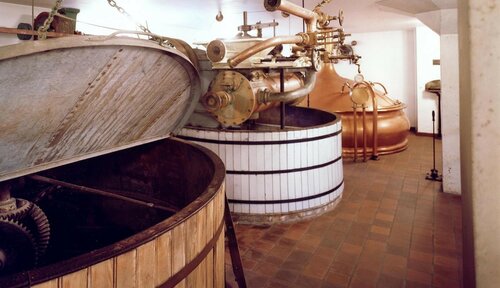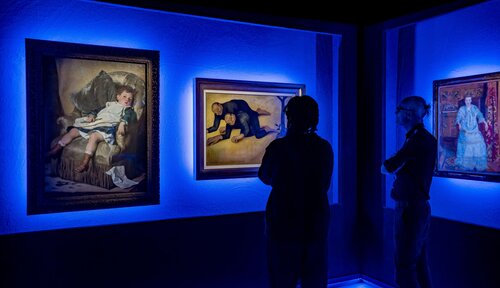There is no lack of culture and heritage in Limburg. From mining history that had a great influence on our landscapes to Belgium's first town, or fascinating works of art installed in the open space, ... Ready for a good dose of culture?
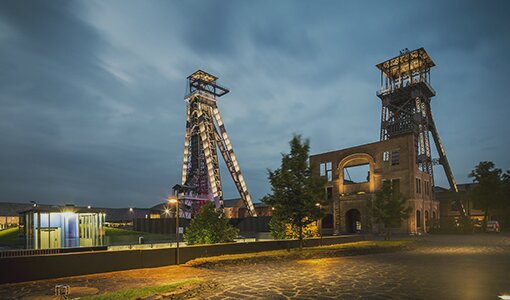
Limburg's mining heritage
No period has influenced Limburg to the extent that the mining era did. And nowhere else in Flanders will you find as much mining heritage as in our region. Today the mining sites of yesteryear have become interesting places that have been reinterpreted with respect for the past.
>> View the mining sites
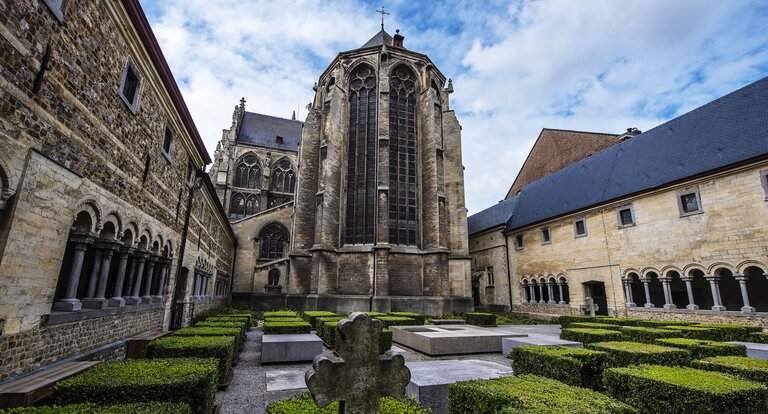
Belgium's oldest town
Tongeren already existed in the time of the Romans. Even today, you can see many remnants of that rich history in the street scene of Belgium's first town. Get ready for a day trip and step back in time.
>> Visit Tongeren
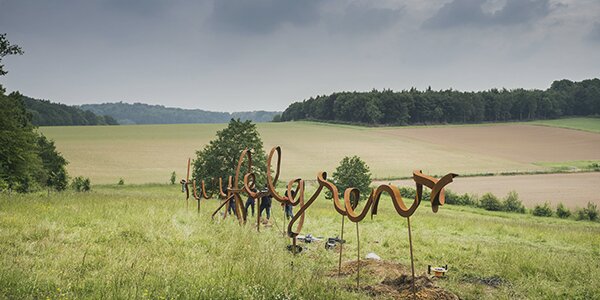
Art in the open space
Does art only belong in a museum? Not in Limburg. Here, you can spot art even in nature. And the artworks in the open space give an extra dimension to the landscape.
>> View all art in the open space
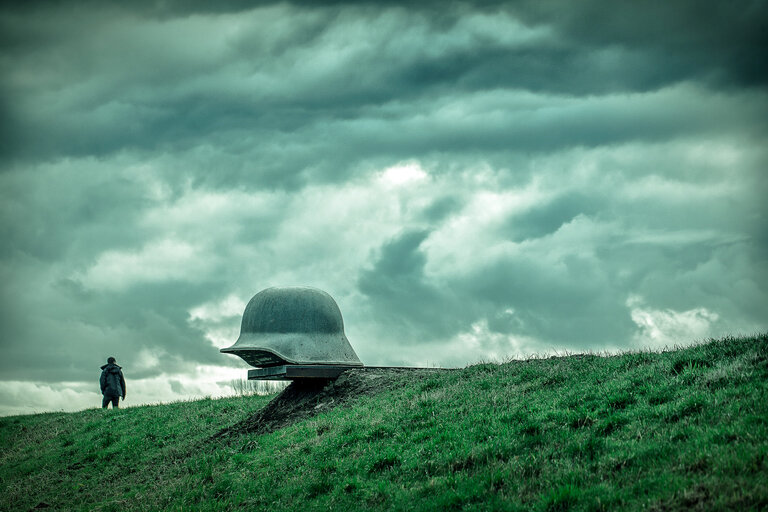
Small stories in a Great War
The First World War also had an enormous impact in Limburg. It may not be the big stories from the front line, but just the small stories from a Great War that leave a big impression.
>> Listen to the little stories



